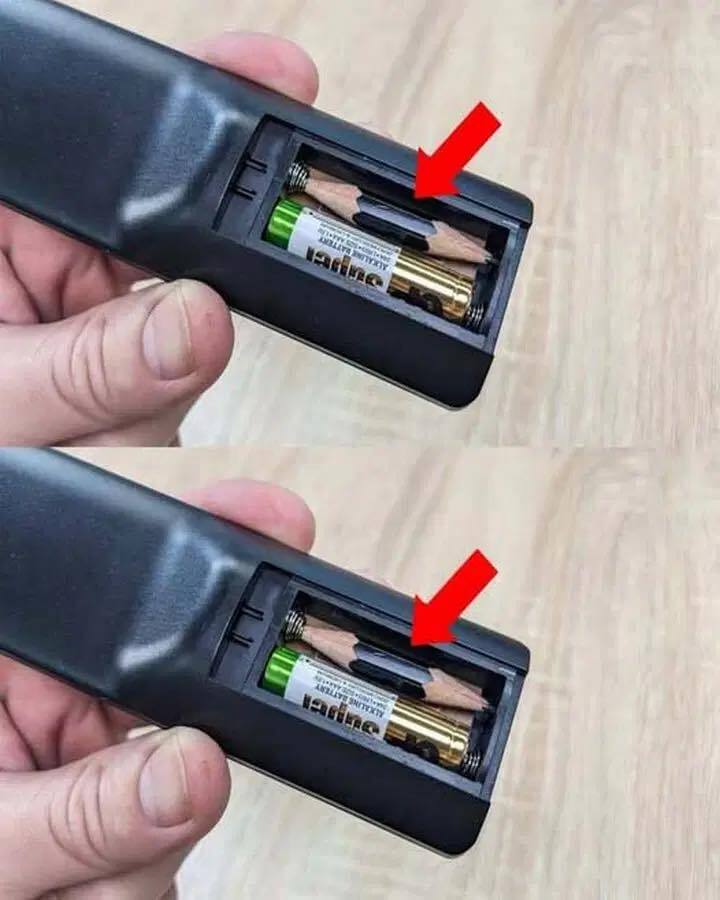If you’ve ever found yourself furiously pressing the buttons on your TV remote only to have nothing happen, you’re definitely not alone. Few things are more frustrating than settling in for a relaxing evening only to discover your remote control has stopped working.

But before you assume it’s completely broken or rush out to buy a replacement, it’s worth knowing that most remote issues are surprisingly easy to fix. With a few simple tricks—none of which require any fancy tech knowledge—you can likely get that remote working like new again. Say goodbye to remote-related stress and hello to smooth channel surfing. One of the most common problems with remote controls is, unsurprisingly, dead or weak batteries. It might seem obvious, but many people overlook this simple issue.
If your remote isn’t responding, the very first thing you should do is pop open the battery compartment and replace the old batteries with a fresh set. Even if you recently changed them, it’s worth trying new ones, as low battery power can lead to inconsistent performance. Also, make sure the batteries are inserted correctly, with the positive and negative ends properly aligned. If fresh batteries don’t solve the problem, the next step is to check for anything that could be blocking the signal. Most remotes use an infrared (IR) beam to communicate with your device, and that signal can be disrupted by obstacles in its path.
Make sure there are no objects, like books, decorations, or furniture, between the remote and the sensor on the device. Sometimes even direct sunlight or a bright lamp shining on the sensor can interfere with the signal. Try pointing the remote directly at the sensor with a clear line of sight and see if that makes a difference. Another sneaky culprit is dirty or corroded battery contacts.
Over time, the metal connectors inside the battery compartment can accumulate grime, dust, or oxidation, especially if batteries have been left in for a long time or have leaked slightly. This buildup can prevent proper electrical contact, even if your batteries are fresh. To clean the contacts, simply remove the batteries and use a small piece of sandpaper, a pencil eraser, or a cotton swab dipped in rubbing alcohol to gently scrub the metal parts. Let everything dry completely before reinserting the batteries. In addition to internal issues, the exterior of your remote can also affect its function. Dirt, oils from your hands, and crumbs can get lodged around the buttons, causing them to stick or not register when pressed. Giving your remote a good cleaning can go a long way. First, remove the batteries. Then, use a slightly damp cloth with a bit of dish soap to wipe down the surface. For deeper cleaning, a soft toothbrush or cotton swab can help dislodge gunk between buttons. Just make sure not to get any moisture inside the remote. If your remote still isn’t working, it might be time to test whether the infrared sensor is functioning at all. While you can’t see the infrared light with your naked eye, your smartphone’s camera can. Turn on your phone’s camera, point your remote at the lens, and press a button. If the IR light is working, you’ll see a flickering light on your phone screen. If there’s no flicker, your remote may need to be replaced. On the other hand, if the remote flashes but still doesn’t control the TV, the problem may lie with the sensor on the TV or device itself. Sometimes, the issue isn’t with the remote at all. Double-check that the device you’re trying to control is plugged in and functioning properly. Also, if it’s a universal remote, it might need to be reprogrammed to work with your specific device. Follow the instructions in the manual or look up your model online to reset or reprogram it. And if all else fails, consider investing in a universal remote or a smartphone app that can serve as a backup. Technology isn’t perfect, but with a little troubleshooting and patience, many remote control issues can be solved at home without spending a dime or calling in a tech expert.





